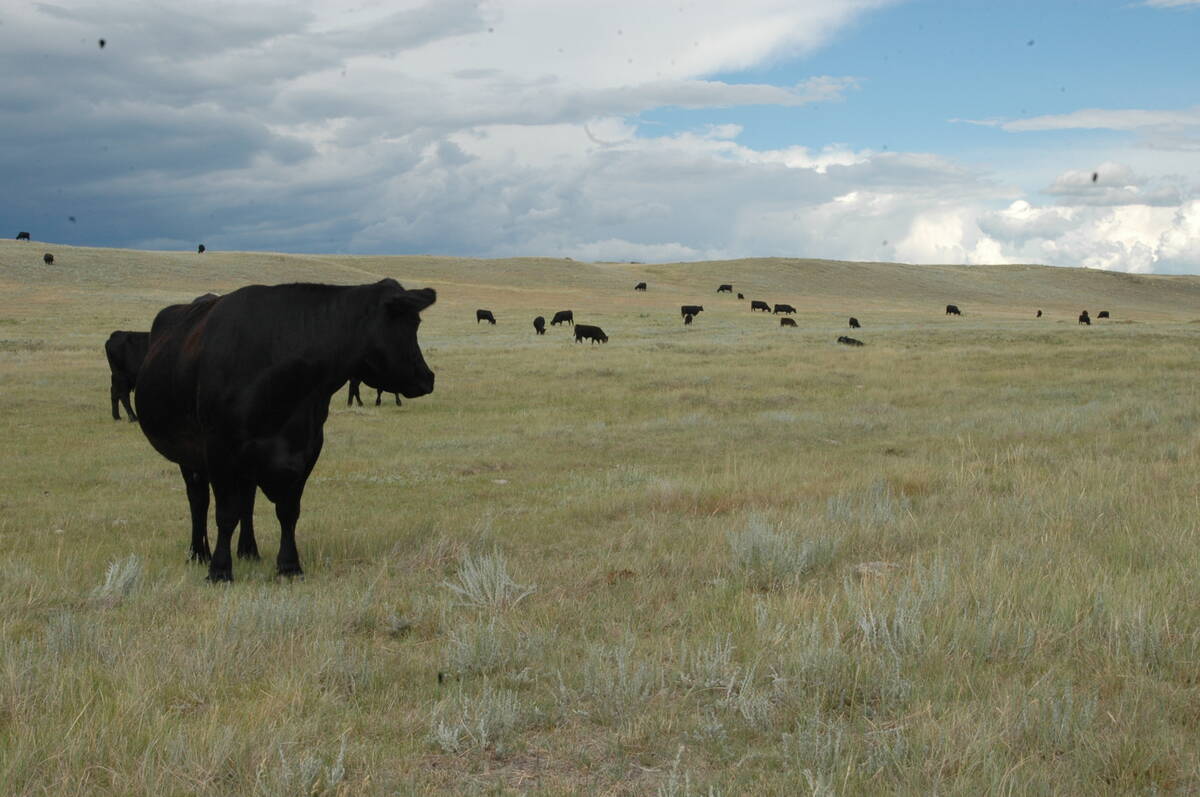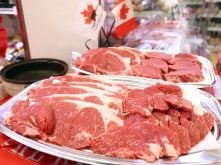Eric Thornhill knows the spectre of crisis well.
On Nov. 18, 1967, the British farmer watched his 580 head of livestock destroyed due to a foot-and-mouth epidemic in England. The animals were buried in a clay-lined pit and covered with lime to prevent infection. He was allowed to restock the following spring but it took three more years to regain profitability, even with government compensation. Thornhill laid off three hired hands, did custom work for other farmers and diversified his own operation to ensure the survival of his 400-year-old family farm.
Read Also

Saskatchewan Cattle Association struggles with lower marketings
This year’s change in the provincial checkoff has allowed the Saskatchewan Cattle Association to breathe a little easier when it comes to finances.
“One of the benefits of being mixed farmers is that you don’t have all your eggs in one basket,” he said.
Disaster struck again more than 20 years later.
In 1990, Thornhill and his family emigrated to Manitoba. The same year, their newly acquired farm was deluged with three quarters of a metre of water when the Red River flooded its banks.
Meanwhile, Thornhill’s son, who stayed in England to raise cattle for the lean beef market, was dealing with his own crisis.
In the early 1990s, British scientists were studying a possible connection between bovine spongiform encephalopathy and Creutzfeldt-Jakob disease, the fatal brain wasting illness that affects humans who eat BSE-infected beef. That linkage was officially acknowledged by Britain in 1996.
At first the Thornhill family believed the BSE-CJD link was just another farm crisis that would blow over. But before long, British consumers lost confidence in British beef and the industry collapsed.
Thornhill’s son had to leave the farm and get a job. He is still repaying farm debts.
Back in Canada, the family’s luck had not improved.
On their new Canadian farm, Thornhill decided to start a flock of purebred sheep. Two years ago, his 400 purebred ewes were ordered slaughtered because the flock had come in contact with scrapie.
Today, Thornhill still keeps a few sheep, raises horses and gives riding lessons on his farm near Winnipeg.
He is also a de facto expert in crisis management who learned invaluable survival lessons in his 45 years of farming.
When disaster strikes, “you batten the hatches every way you can.”
Thornhill believes that as Canada works its way through its own BSE crisis, it must learn from the mistakes and experiences of the United Kingdom.
Farmers may be faced with hard decisions such as culling and disposing of older animals with no market value.
Science-based arguments may not sway worried consumers and international rules outlining market re-entry may not seem practical, he said.
Thornhill said rules are often written by those with no connection to farming so individuals are left to rely on their own determination and imagination to manage through a crisis.
His experience has also highlighted the need for well designed contingency plans and crisis response strategies, a need that Canadian producers and the agriculture industry in general are quickly beginning to recognize.
As for Canada’s BSE crisis, Thornhill thinks the beef industry will return to normal, but not without casualties.
“This one is worse because people are heavily reliant on borrowed money,” he said.
There will be bankruptcies and people may have to swallow their pride to survive, he added.
That means carrying on somehow, making tough decisions and planning ahead for unforeseen disasters.















